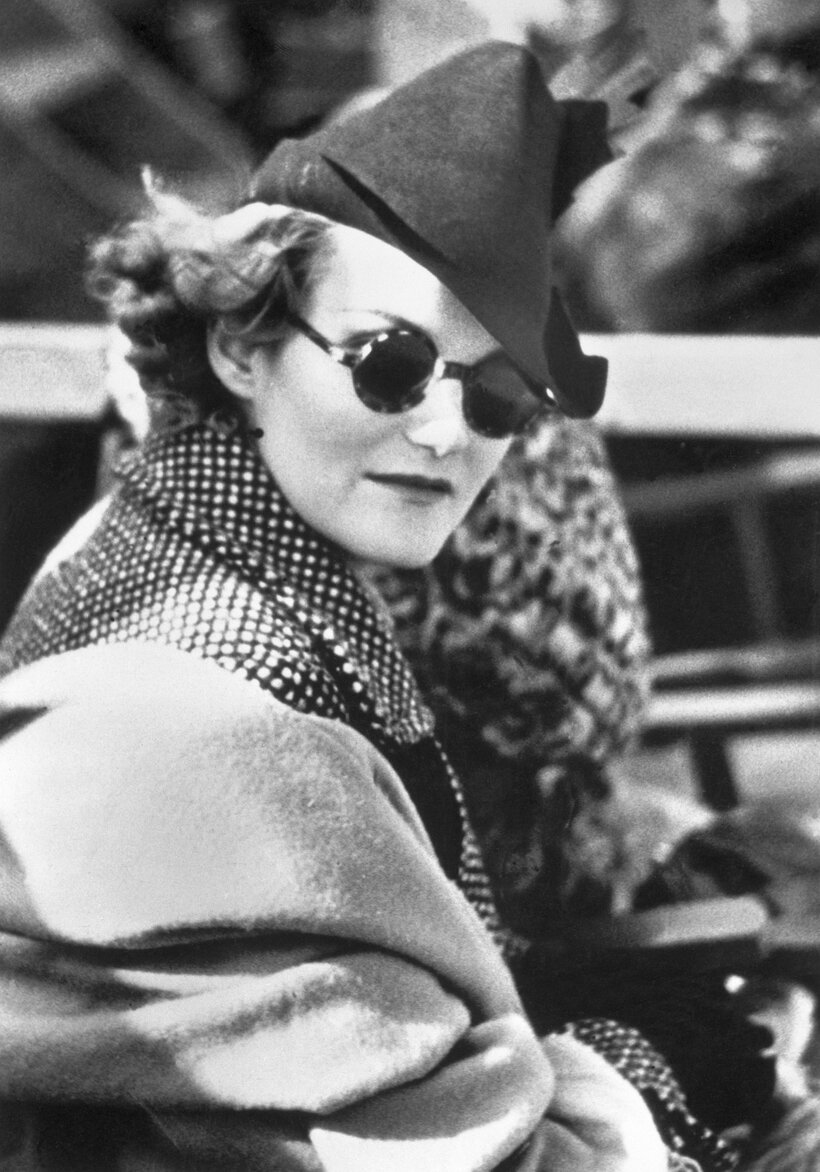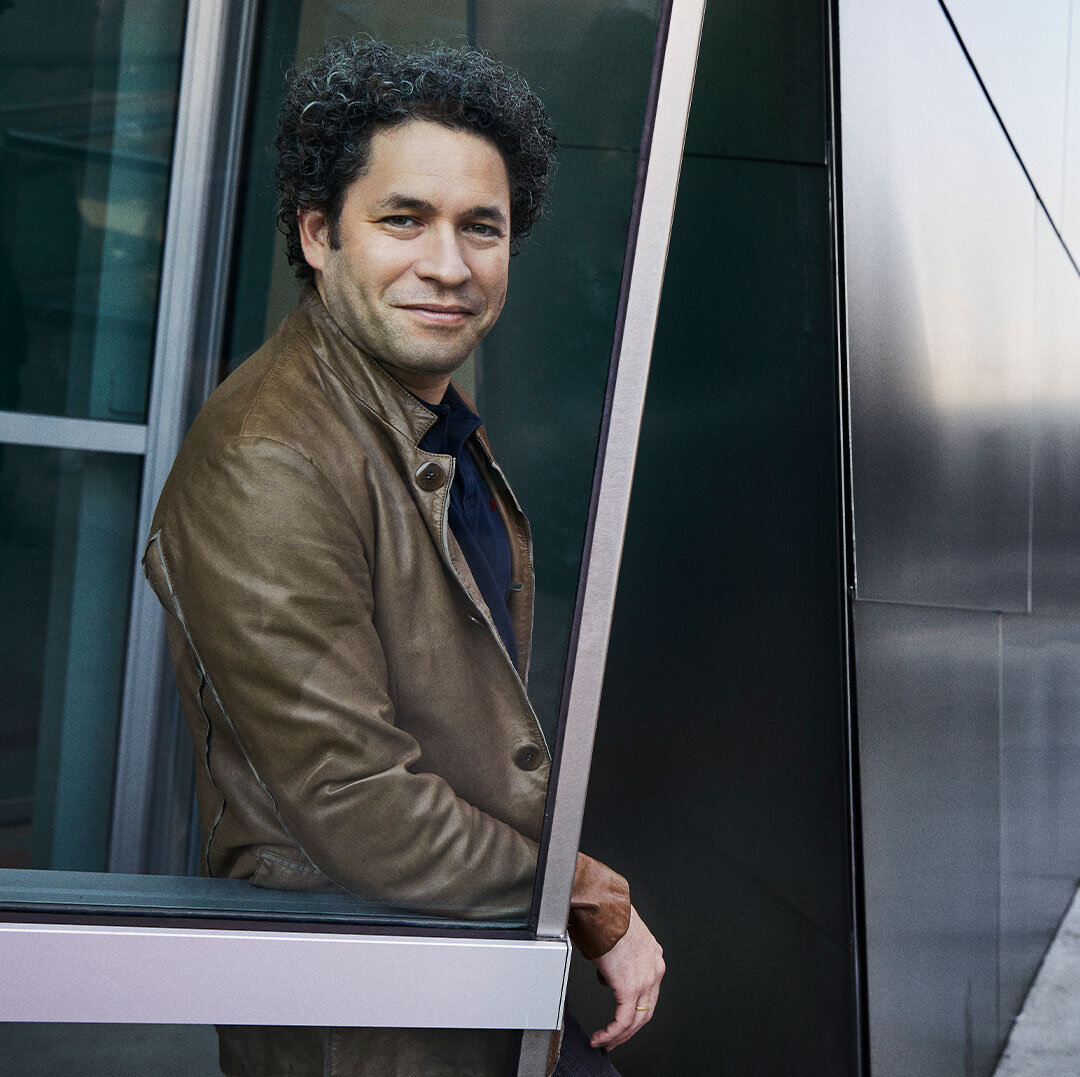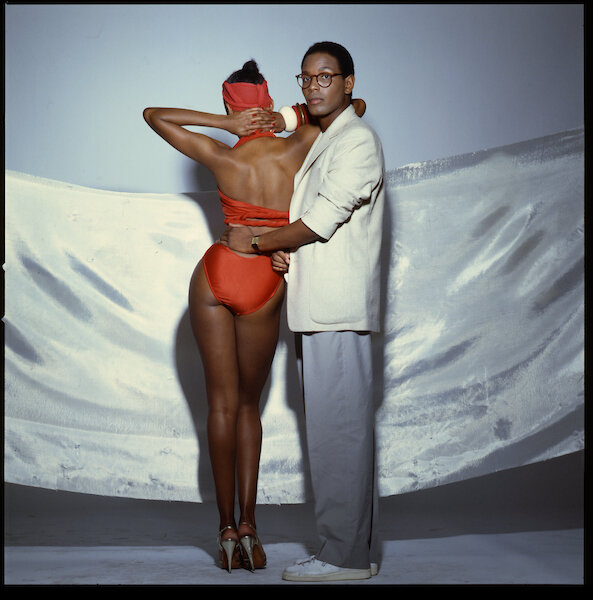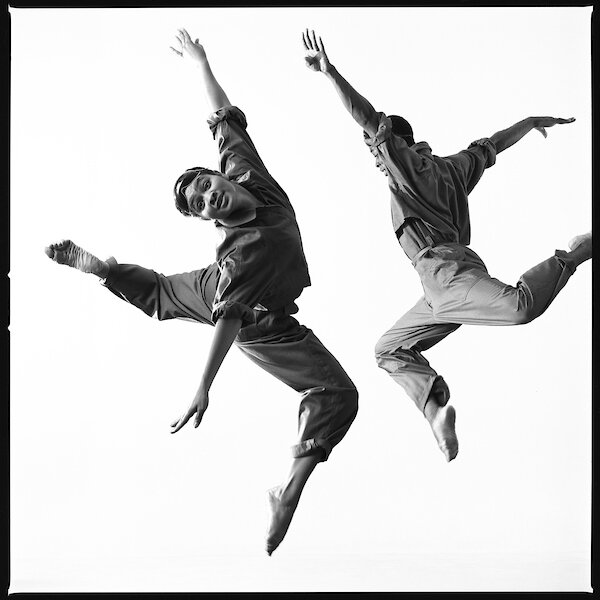In 2005 on July 7, the world stopped in London. I was on my way to meet the author of a book about the love triangle of surrealists Max Ernst, Gala Dali and poet Paul Eluard before a trip to Charleston House, the home of Vanessa and Clive Bell and Duncan Grant. I waited at Victoria Station for what seemed like forever and suddenly agents in acid green vests began running through the station. There had been a tube bombing and the station was being evacuated. After some desperate attempts to reach the author, I boarded the train to Sussex. I only found out later that he had been on the train behind the train that was bombed. But my day at Charleston was thus also surreal: the house is a wonder of color and decoration, evoking a bygone time when home and hearth were the breeding ground of creativity. Now, Charleston(get IG address) is in jeopardy like many other cultural sites and all our homes are the only safe haven. The Covidbomb, just another terrifying moment in history.
Allan McCollum's collection of Everything is Going to Be Ok
According to his website, conceptual artist Allan McCollum 'has spent over fifty years exploring how objects achieve public and personal meaning in a world constituted in mass production" but to me that is a a pale, somewhat narrow definition of this non-conformist. I remember reading in his oral history at MoMA that McCollum who once worked as an art handler there said about the then Picasso-centric collection, “I remember laughing, thinking the museum should be laid out like “Before Picasso,” “Picasso,” “After Picasso,” “Like Picasso,” “Unlike Picasso,” “Sort of Like Picasso.” and he made me laugh too. MoMA has pointed out that McCollum has a vast collection of screen grabs of moments where characters reassure each other that 'everything is going to be ok". It takes a certain prescient genius to have somehow foreseen our current, self-isolating Corona pandemic--and also a sense of humor. McCollum was due to have two shows, one at the Miami ICA and another at Marc Selwyn's gallery in NY, both of which are now in exhibition-purgatory. Let's hope we get to see them.
Catherine Deneuve shelters under an Umbrella of Cherbourg
The Umbrellas of Cherbourg- a film by Jacques Demy, Agnes Varda’s husband-was the film that made Catherine Deneuve-sister of actress Francoise Dorleac-a star. Though later she became known for inscrutable (Belle de Jour) or icy (Repulsion) roles Umbrellas was an operetta in which everything was sung. When I listened to Così Fan Tutte from the Met Opera on Sunday while Covid-cleaning it reminded me that sometimes emotions are best expressed in song.
Always, forever Anna Karina
Anna Karina was on the lam or in some kind of mortal jeopardy like most of Godard’s heroines in the early years. Being on the run imposed certain cinematic restrictions that made for tight narrative and suspense. But she (and Seberg ) managed to look very chic in spite of it.
A new biography of Doris Duke surprises
It was impossible not to import our present-day conflicts over societal wealth disparities into a reading of the new Sallie Bingham biography of Doris Duke.
Duke inherited her fortune from her father Buck, a tobacco and energy baron, but tried to staunch an aching quest for legitimacy beyond her day job as the 'richest girl in the world' throughout her life. First she--and now her foundation-- was one of the most generous and consistent supporters of the arts, especially dance, one of her passions, but her tabloid-ridden life was troubled from the start. For me, her most extraordinary legacy is Shangri La,the Islamic palace she painstakingly re-created for herself at Diamond Head in Hawaii. Every inch was lovingly sourced and handcrafted and to go there is to enter, for a brief moment, a parallel world of history and grace. Then, my admiration for her knew no bounds.Please see more in my story for Air Mail, and of course, the book, just published by FSG.
Photo via Air Mail courtesy Bettman/Getty Images
Helen Frankenthaler's youthful joy
Last Friday, the news broke that the Helen Frankenthaler Foundation had donated 5 million dollars to artists affected during the Corona shutdown. I had seen this image of Helen in Provincetown, a young artist herself. Helen was in the midst of a great flowering of her talents at the Days Lumberyard a space she and Motherwell had rented for the summer of 1961. Take a look at the joie de vivre oozing from this photograph: the perfect little doorless Fiat convertible with straw seats, Helen in a sleeveless top or perhaps a bathing suit, waving a scarf, you can feel the warmth and the excitement of her life. Somehow this felt open and inspirational to me, the very opposite of shut-in.
Image: Frankenthaler in Fiat “Jolly,” 622 Commercial Street, Provincetown, summer 1961. Courtesy The Dedalus Foundation, Inc.
Agnes Varda's short film about LA heroines
Agnes Varda made a charming film The Little Story of Gwen from French Britanny portrait for her friend Gwen who is now the head programmer of the American Cinematheque in LA but who at one time was an emigre to Los Angeles. As is her wont, Varda took the simplest of subjects and went back and forward in time to make it personal, but universal: a young woman on the rebound, searches, and then finds, a new journey for her life. Varda's voice over is typically understated, drawing connections between the girl on the bicycle (what could be more French and non-LA) and every girl. See the full short film at American Cinemathique.
A spectacular Parisian vegetarian restaurant of the fifties
This is what a Parisian vegetarian restaurant looked like in 1954. La Saladiere--even the name was chic and prescient--was designed by Mathieu Matzot, now memorialized in a book by Patrick Favardin. How typically French to glam up even if you were just eating what then passed for vegetarian menu options: boiled veggies and various lettuces. Not surprisingly, the concept did not take hold with the French who were still under the thrall of boeuf bourguinon and the restaurant closed in a few years.
Images courtesy Matthieu Richard Gallery.
Last year in Marienbad reminds of surreality of life
This image of Delphine Seyrig in Alain Resnais’ surrealist classic film Last Year at Marienbad reminded me of the way we are living now: is it a dream or is it real? As we pass each other in landscapes maintaining social distancing , averting our eyes, afraid to breathe each other’s air, we wonder if we have inadvertently stumbled into a parallel world. Only on the front lines of hospitals or in countless claustrophobic sickrooms does the reality come painfully into view.
Ruth Asawa postage stamps showcase this inventive artist
I visited with Ruth Asawa’s family in San Francisco a few years ago in the house Ruth and her husband lovingly put together and which her son, Paul Lanier a talented artist also, maintains in the spirit of his inspirational parents. Despite a rugged childhood being interned at Santa Anita racetrack as a Japanese American Ruth went in to study with Josef Albers at Black Mountain and became an educator who devoted herself to raising awareness of the arts in schools along with her own wire sculpture practice. The USPS has now issued a set of stamps of her work and if you need to snail mail while you are social distancing you can order these online. Each message will then have a touch of Ruth’s uplift to carry it on its way.
Bonjour Tristesse
Bonjour Tristesse was closely based on the 1954 number one best-selling coming-of-age novel by 18-year-old Francoise Sagan. Despite being dismissed by most critics, the book had been a sensation for its young author with her diary-like tale of a daughter desperate to keep her father for herself and her preternaturally louche way of looking at the world. When the film version appeared in 1958, its critical reception was similarly negative. “A bomb” said Bosley Crowther of the New York Times, but over time, it has garnered a cachet for its lush Technicolor scenes on the Riviera and its iconic performances by David Niven, Jean Seberg and Deborah Kerr. Today this image reminds me of an older woman reminding a younger one to "Social Distance"!
Seberg and Belmondo in Breathless, hiding away like the elephants
This image of Jean Seberg and Jean Paul Belmondo from Breathless is more than iconic: for me, when I first saw it in Paris, it was the image of everything I wanted to be and do--she was an American girl and her name was Patricia! Michel (Belmondo) has sneaked into her hotel room/apartment to hide out from the flics, and though at first she's resentful, his charm and powers of persuasion win the day. She says she wants to "hide away like the elephants" do and they get under the covers....and I thought that is exactly how I feel now, the bed luring me back as the only real port in the Covid storm. If you haven't by some miracle seen Breathless, now is a great time to watch it, on Criterion.
Suellen Rocca, an art heroine of the sixties, dies
Suellen Rocca, a founding member of the Hairy Who Chicago art collective active in the sixties has died. Her art was feminine and feminist at the same time. She repurposed advertising imagery, female icons and color in a distinctive way. I love the way she and her art appear in this image as one. . When asked about the sources of her imagery, Rocca cited “the cultural icons of beauty and romance expressed by the media that promised happiness to young women of that generation.” I don't know if the show of her work due this summer in Vienna will be held. She deserves attention. Images Courtesy Matthew Marks Gallery.
In lockdown, Gustavo is still connecting
I don’t know about you, but my fantasy of living the perfect quarantine would be to be @AthomewithGustavo, the title of his new, nationally syndicated (on PRX) or LAPhil beginning today. I was lucky enough to once interview Gustavo one-on-one in his office, and now it can be told, to briefly do the salsa with him on opening night (he’s a fantastic dancer as you can tell by his moves on the podium) but for any fan of the “Dude” during the shut-in, having access to this febrile, young mind is even better. From Gustavo’s first concert in LA and then to others in NY and Europe, I became one of the Gustavo groupies in disguise as a journalist. It was impossible not to see in him the renaissance of classical music for a new generation. The LA Phil is considered by many critics to now be the best orchestra in the world under his leadership. Be sure to tune in.
Photo Credit: Danny Clinch
Revelations: Alvin Ailey's uplifting dance for the ages
Tonight Alvin Ailey Dance social channels (put them) will premiere their historic Revelations at 7 pm EST. Do not miss this thrilling and moving dance if you’ve never seen it and even if you have. Ailey is giving us a gift beyond measure, an uplifting and rousing example of the human spirit. I’ve seen it many times and have never failed to feel the hope and humanity. Here Judith Jamison who became artistic director after Aileys death dances in one of the best loved numbers.
Will Rogers: a populist hero who transitioned from vaudeville to punditry
Will Rogers was a real cowboy, then a vaudeville star, then a national pundit with a radio show. He was a writer, a philanthropist and friend to world leaders. He had a terrific sense of humor and was self effacing. He said things like, " You can't say civilization don't advance ... in every war they kill you in a new way."
It's not always the case that stars who transition from show business end up on the right side of things as we well know. Always, he is my hero for having donated his land and homestead to the state of California thereby creating one of the most magnificent state parks. I want to pay homage to him today for being a lifeline to open lands during these restrictive times,to his spirit of good fellowship and for caring about the little guy.
Mary McCarthy orphaned during the 1918 Spanish flu pandemic
When lit star Mary McCarthy, future author of the incendiary The Group, about her post-Vassar years, was six years old, her uncle, the family's success story, left for Seattle in 1918 to oversee their move to Minneapolis after the onset of the Spanish flu pandemic. Her mother, brother, future actor Kevin and the two other siblings and her father were likely already sick. Instead of sheltering in place, they evacuated first to her grandmother's house since no hospital beds were available, then to a hotel. They boarded the train and one by one were carried off, ill or near death in the case of her parents. McCarthy became an 'orphan', and she recounted this defining experience in her Memories of a Catholic Girlhood, one of the first and best memoirs in which she doubts her own memory. It's something to read now when all of our memories will surely be compromised by this insidious, stealth Covid 19 disease. What is the truth?
Social Distancing As Practiced by the Existentialists
I always wondered why Simone de Beauvoir, author of The Second Sex which so roundly critics criticized the status quo between women and men, stayed involved with existentialist Jean Paul Sartre, even after he began an affair with her closest friend. Though the two did not believe in fidelity now I know why: they practiced social distancing!
My Brilliant Friend: The Story of New Name
There is one very bright spot to get you through the next weeks. HBO begins the second part of it’s adaptation of Elena Ferrante’s My Brilliant Friend, the second book which deals with Lenu and Lila as they face marriage to young men they don’t love and a growing schism between their lives. Sometimes everything comes together in a production with just perfect synchronicity. The acting, directing, production and costume design (Oh those hand knit sweaters!) is at an extremely high yet unobtrusive level. Lila (Gaia Girace)is still the radiant supernova, lighting up the screen every time she appears, her thin, angry, posture a shield for her deep feelings of longing and insecurity. Lenu (Margherita Mazzucco) is still the quiet, shy, studious observer who watches slowly as the man she loves Nino drifts inexorably—like everyone else—into Lila’s orbit. If you haven’t seen Part 1 binge that first. Of course if you haven’t read the novels, do that even earlier. This is the virtual trip to Italy none of us can now take.
Willi Smith at the Cooper Hewitt
Despite the recent kerfuffle over the controversial ousting of its director, the Cooper Hewitt has a new lively small show tucked away on black designer Willi Smith. Smith took his inspiration from the Street in the 70's when clothes were finally cycling out of a different kind of poor boy aesthetic. Smith designed for dance, for theater, music, combining genres, races, and classes. His loose fitting rompers and jumpsuits look particularly engaging in the chain-linked exhibition install by Sam Chermayeff. Smith's death at 39 of AIDS came at a time when many in the art world ranks were being decimated by the disease. Go to the Cooper Hewitt website as the show is alas now closed.





















